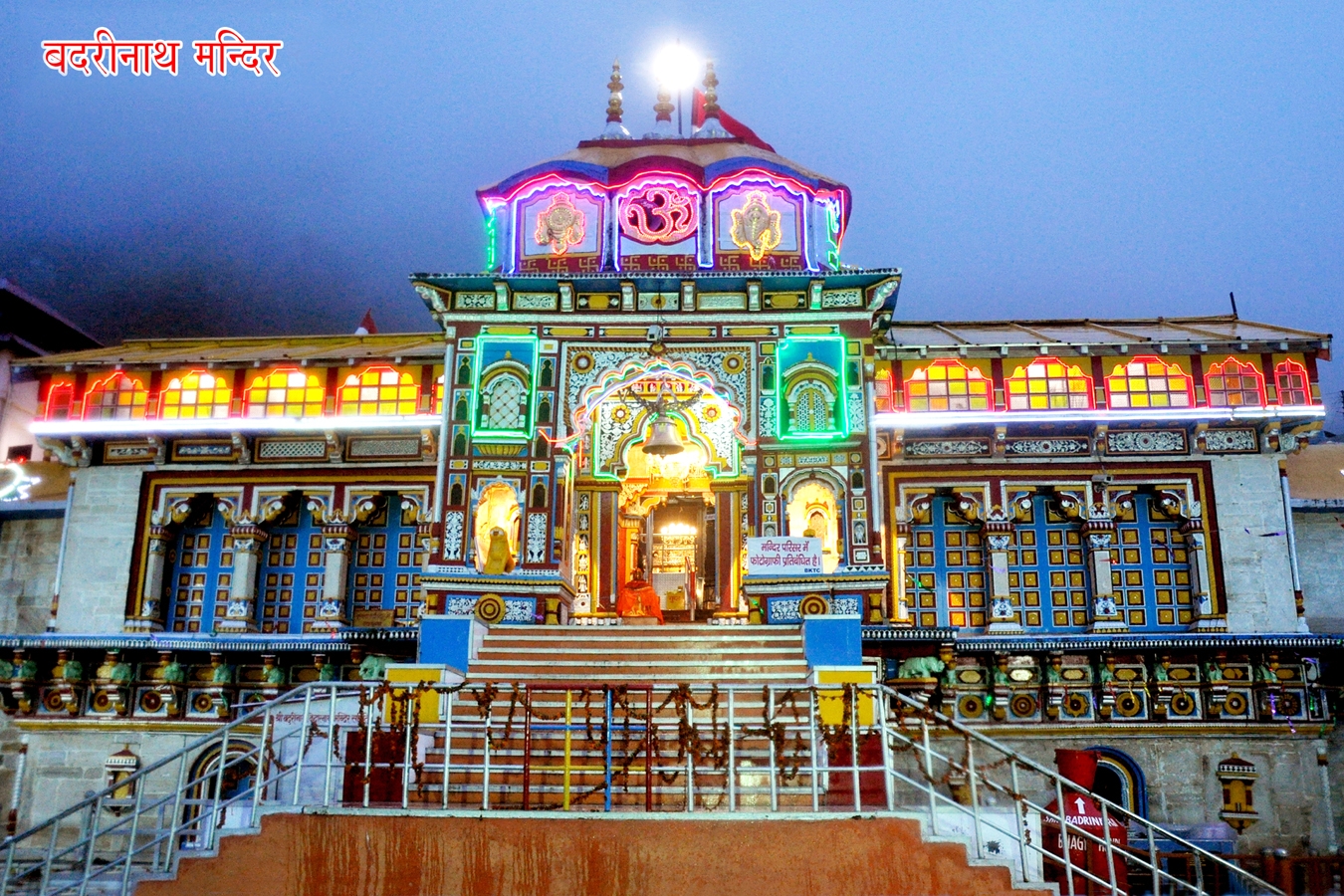((((----Salaar: Part 1 – Ceasefire Movie Hindi----))))
+------------------------------------------------------------------------+
History
In earlier days, pilgrims used to walk hundreds of miles to visit the Badrinath temple. The temple has been repeatedly destroyed by earthquakes and avalanches. As late as the First World War, the town consisted only of the 20-odd huts used by the temple's staff, but the site drew thousands each year and up to 50,000 on its duodecennial festivals (every twelve years). In recent years its popularity has increased still more, with an estimated 600,000 pilgrims visiting during the 2006 season, compared to 90,676 in 1961. The temple in Badrinath is also a sacred pilgrimage site for Vaishnavites. Badrinath is also gateway to several mountaineering expeditions headed to mountains like Nilkantha
Temple
Main article: Badrinath Temple
The Badrinath temple is the main attraction in the town. According to legend, Adi Shankaracharya discovered a black stone image of Lord Badrinarayan made of Shaligram stone in the Alaknanda River. He originally enshrined it in a cave near the Tapt Kund hot springs. In the sixteenth century, the King of Garhwal moved the murti to the present temple. The temple is approximately 50 ft (15 m) tall with a small cupola on top, covered with a gold gilt roof. The facade is built of stone, with arched windows. A broad stairway leads up to a tall arched gateway, which is the main entrance. The architecture resembles a Buddhist vihara (temple), with the brightly painted facade also more typical of Buddhist temples.Just inside is the mandapa, a large pillared hall that leads to the garbha grha, or main shrine area. The walls and pillars of the mandapa are covered with intricate carving.
According to the Bhagavata Purana, "There in Badrikashram, the supreme being (Vishnu), in his incarnation as the sages Nara and Narayana, had been undergoing great penance since time immemorial for the welfare of all living entities." (Bhagavata Purana 3.4.22)
The Badrinath area is referred to as Badari or Badarikaashram (बदरिकाश्रम) in Hindu scriptures. It is a place sacred to Vishnu, particularly in Vishnu's dual form of Nara-Narayana. Thus, in the Mahabharata, Krishna, addressing Arjuna, says, "Thou wast Nara in a former body, and, with Narayana for thy companion, didst perform dreadful austerity at Badari for many myriads of years."
As per one legend, when the goddess Ganga was requested to descend on earth to help the suffering humanity at the request of Bhagiratha, the earth was unable to withstand the force of her descent. Therefore, the mighty Ganga (Ganges) was split into two holy channels, with Alaknanda as one of them.
Another lore states that the area was full of Badri bushes and Vishnu meditated here. His beloved Lakshmi stood next to him, sheltering him from scorching sunlight and thus turned into a Badri herself called 'BADRI VISHAL' and her lord (Nath) became the BadriNath.
The mountains around Badrinath are mentioned in the Mahabharata, when the Pandavas were said to have died one by one, when ascending the slopes of a peak in western Garhwal called Swargarohini (literal meaning - the 'Ascent to Heaven'). The Pandavas passed through Badrinath and the town of Mana, 4 km north of Badrinath, on their way to Svarga (heaven). There is also a cave in Mana where Vyasa, according to legend, wrote the Mahabharata.[10]
The area around Badrinath was celebrated in Padma Purana as abounding in spiritual treasures.
This place is considered holy in Jainism as well. In Jainism, Himalaya is also called Ashtapad because of its eight different mountain range Gaurishankar, Kailash, Badrinath, Nanda, Drongiri, Nara-Narayana and Trishuli. Rishabhanatha attained Nirvana on Mount Kailash situated in the Himalayan range and according to Jain faith (Nirvankand), from Badrinath numerous Jain Muni got Moksha by doing Tapsya. According to Shrimadbhagwat, at this place Rishabhdev's father Nabhirai and mother Marudevi had done hard Tapa after Rishabhdev's Rajyabhishek and taken Samadhi. Even today footprint of Nabhirai at Neelkanth mountain attracts everybody towards him.
.



0 Comments